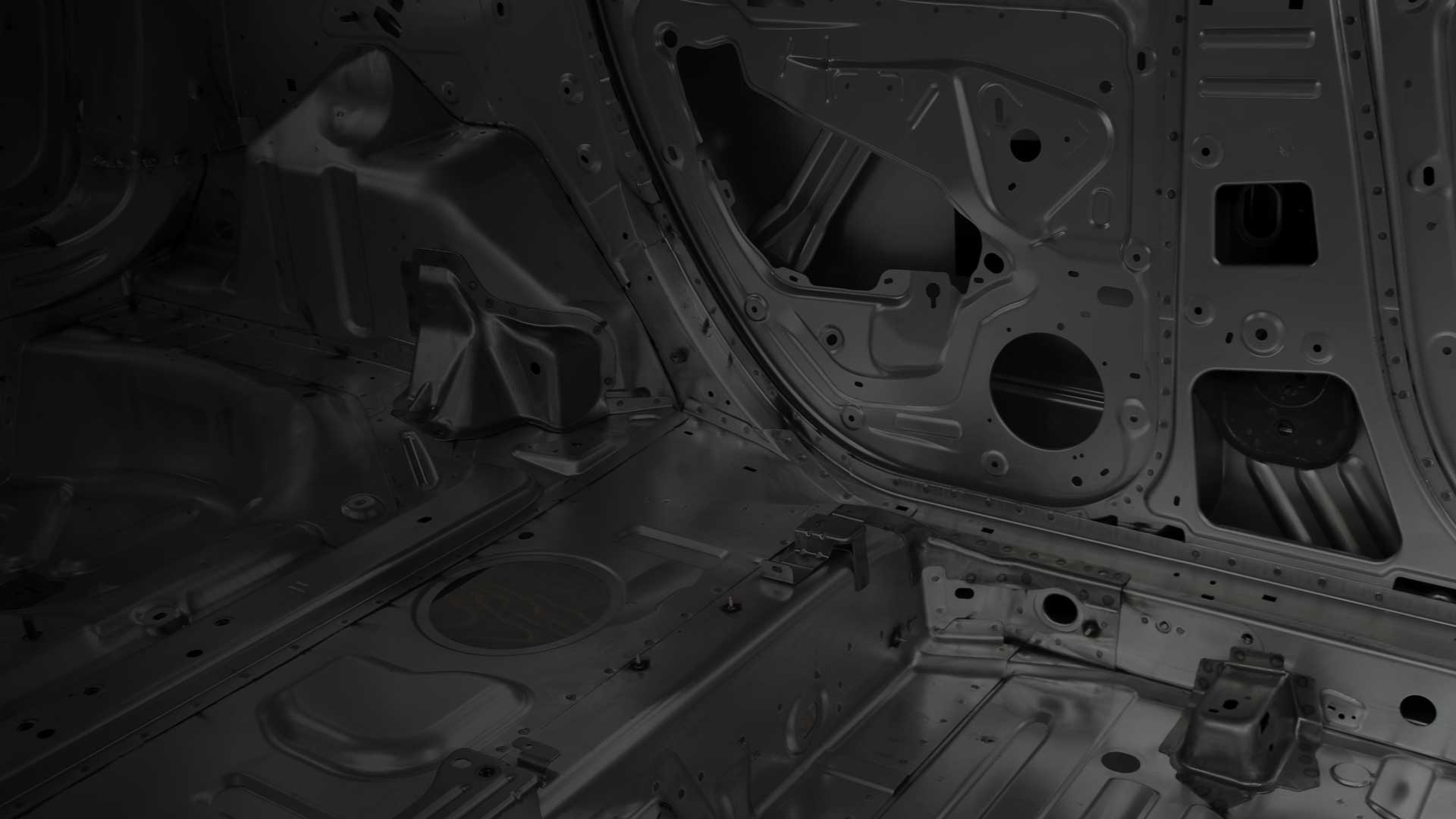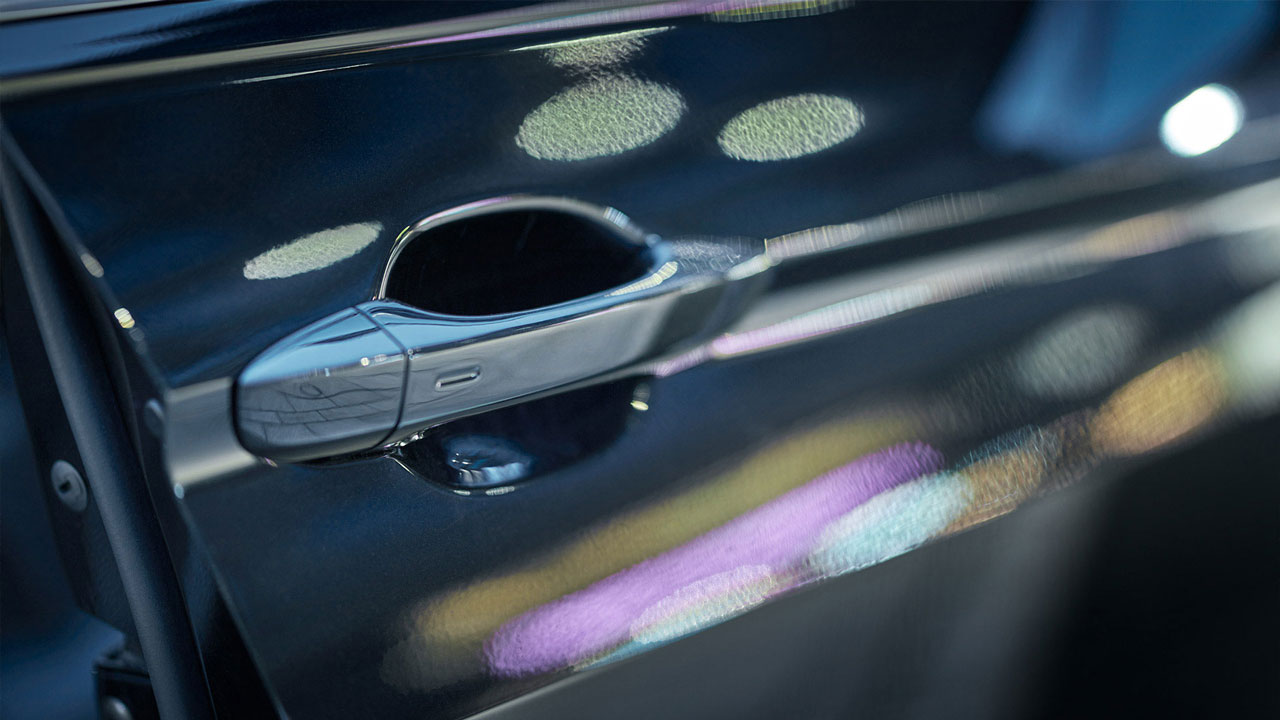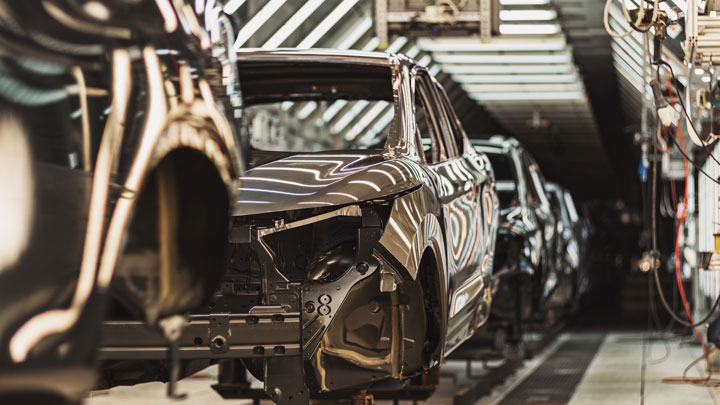AHSS steels for higher crash protection
As you strive to provide higher levels of crash protection for passenger compartments – and all-new intrusion-free structures for EV battery packs – Docol® can help. For example, we have stimulated scores of AHSS beam designs to find optimized profiles, delivering 2x better crash performance (energy transfer) than square tubes.
Lightweighting with Docol® automotive steels
What are your lightweighting goals for a specific automotive safety component? 10% to 20% weight reduction? Creating thinner — and lighter — components using higher strength steels is a major reason for AHSS’s yearly growth in the auto industry.
AHSS forming optimized for efficiency and repeatability
From concept, to design, simulation, and validation on your production tools, Docol® experts are with you for your development process for AHSS components. We’ll help you determine the most efficient forming layout – including optimized die materials, die construction, and coatings – for high production quality and parts repeatability.














